In the aftermath of the recent grounding affecting the 737 MAX-9, the FAA is now urging Boeing 737-900ER operators to check these aircraft, too.
The repercussions from the January 5th blowout of a door plug on a Boeing 737 MAX-9 continue to evolve. For now, all 737-9s that have those mid-cabin door plugs remain on the ground, while the FAA evaluates the inspection reports of 40 in-service MAX-9s.
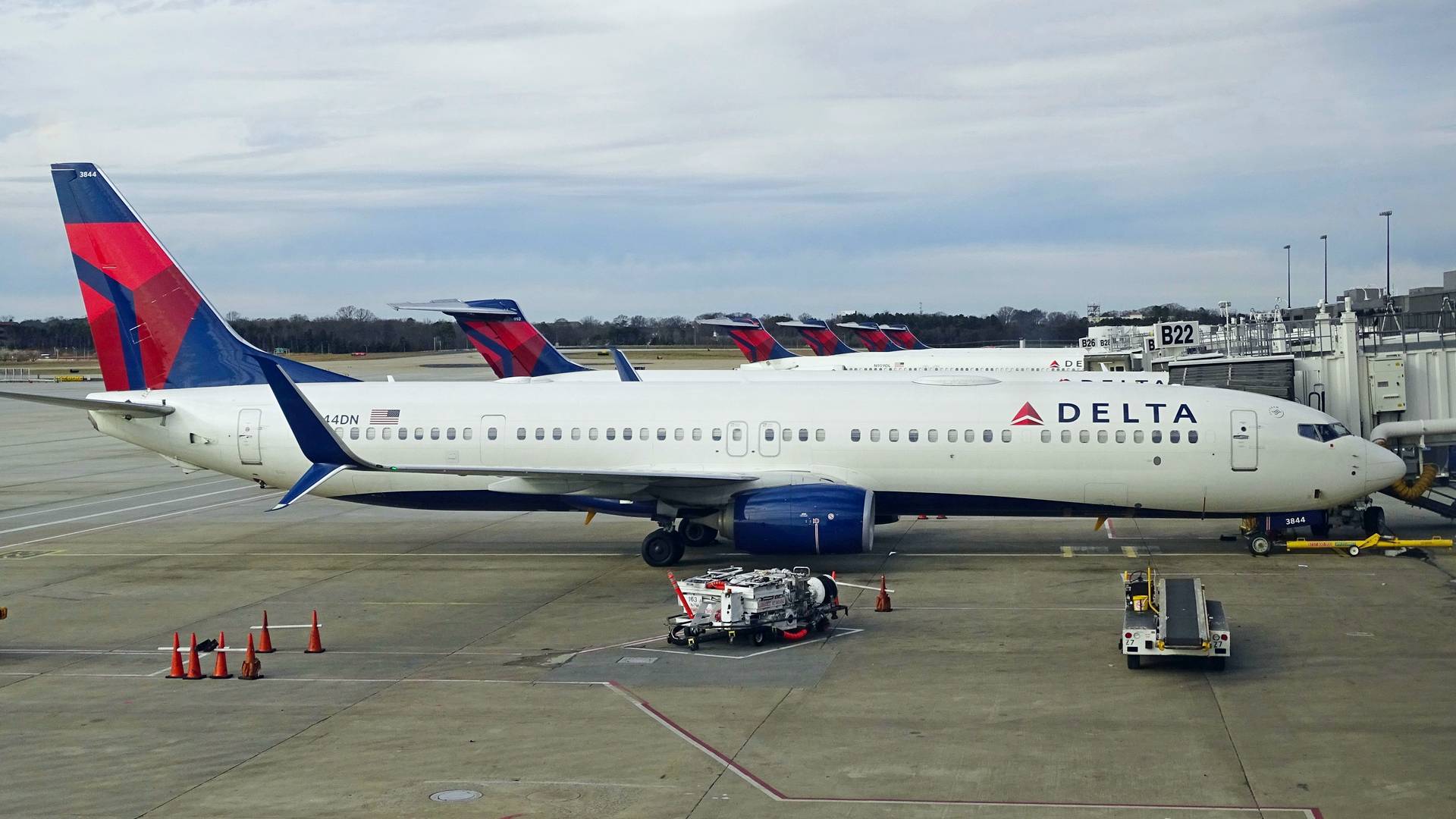
From the beginning, it was common knowledge in the industry that the 737-9 and the older 737-900ER, shared the same door plug design. However, the FAA and other aviation authorities had not offered any guidance regarding checks on the 737-900ER.
This just changed. The FAA released a Safety Alert for Operators (SAFO), recommending that airlines check these door plugs in their 737-900ER fleets. Boeing last delivered a new 737-900ER in 2019. Military models aside, many of the last 737NGs to leave Boeing’s Renton factory were 737-900ERs. However, some of them were made AFTER the very first 737 MAX-9s, that are currently grounded.
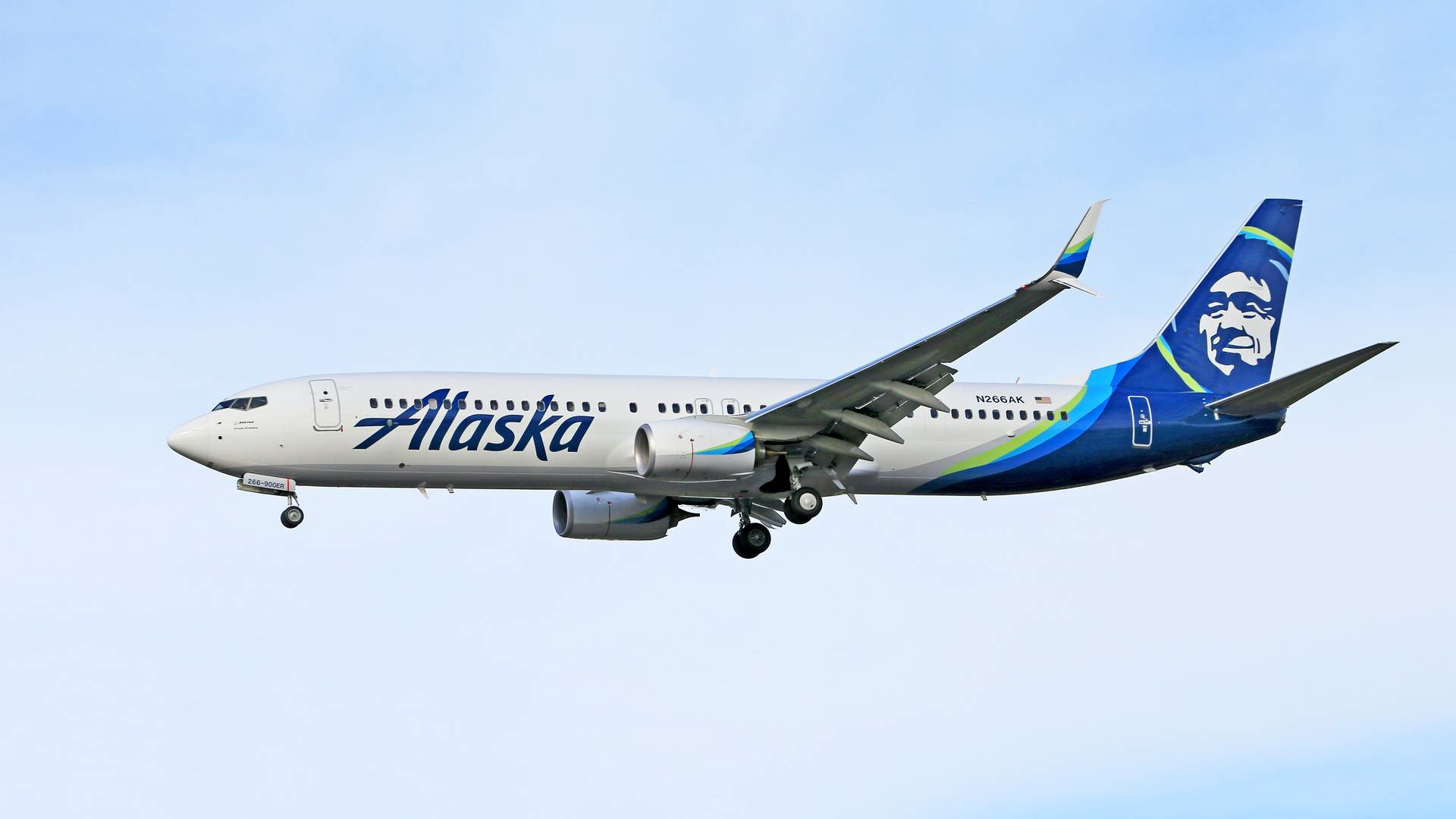
Part of the reason why the FAA released this SAFO is because some airlines preemptively decided to inspect their 737-900ER fleets for issues with their door plugs. And as the FAA reports, these airlines “…have noted findings with bolts during the maintenance inspections.”
The FAA stopped short of actually grounding the 737-900ER. Also, the agency’s document didn’t actually clarify if the “findings with bolts” in 737-900ERs involve the four bolts that secure the door to the airframe.

FAA 737-900ER SAFO Impact
As an aside, even the 737-900ER is not the first Boeing aircraft to feature this design of mid-cabin emergency exit. It appears that Boeing first used this downward-opening exit door design on the 757-300.
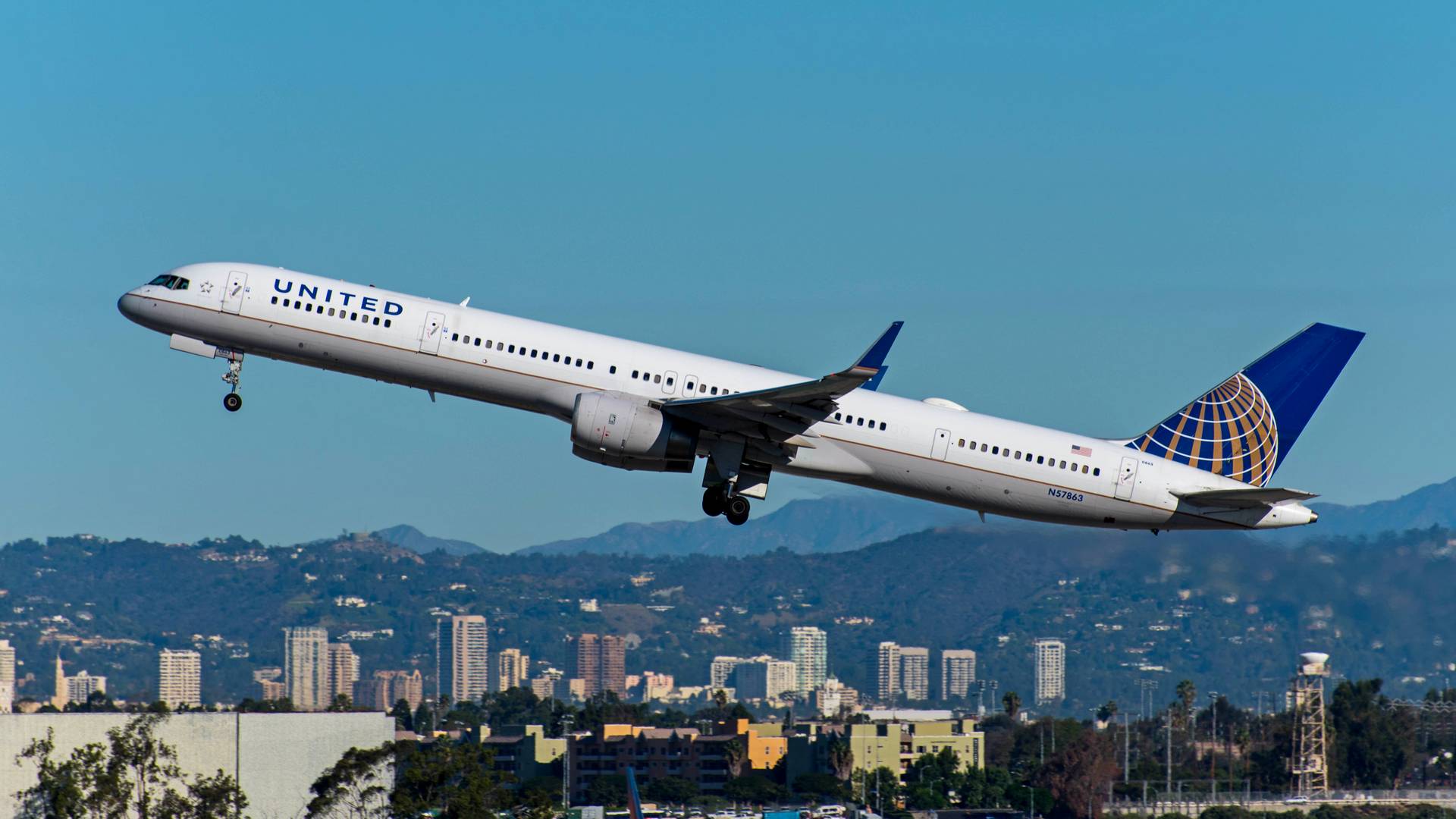
This stretched 757-300 variant entered service in 1999, a full 17 years after the original 757-200. However, Boeing launched it in 1996 – a few months BEFORE the merger with McDonnell Douglas, not after, as some commentators have suggested recently.
Some 757 freighter conversions (based on the shorter 757-200) also have such emergency exits, as a retrofit during conversion. But crucially, both the freighter and the passenger versions of the 757 with these doors, actually HAVE active doors – not door plugs secured with bolts, nuts, and pins.
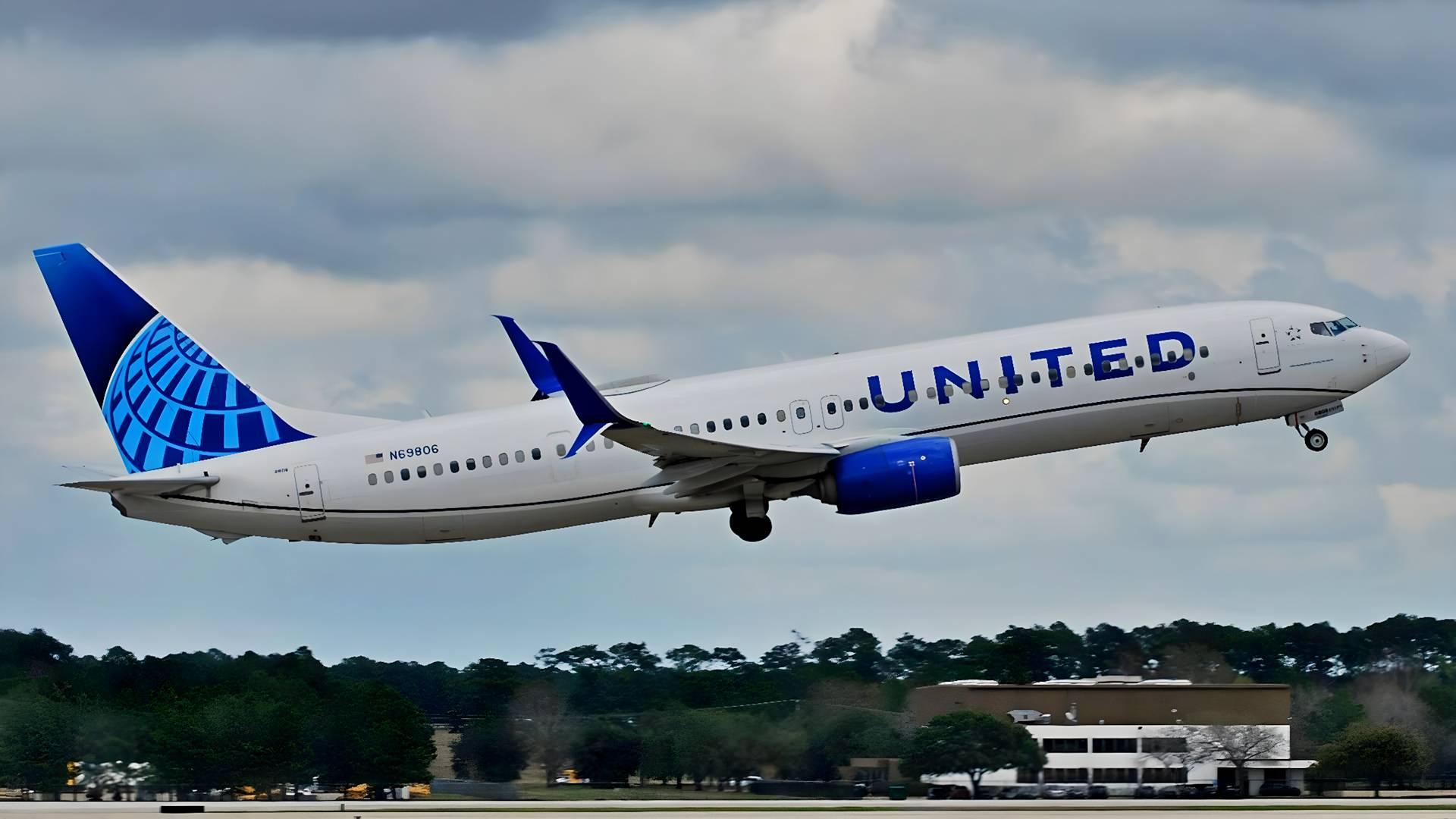
The new FAA recommendation will affect many airlines operating both the 737-900ER and the 737-9 (MAX). Of the 490 737-900ERs in service worldwide, 79 have active mid-cabin doors and aren’t subject to these inspections.
United Airlines has 136 737-900ERs, Delta has 163, and Alaska has 79. All three carriers had begun inspecting their 737-900ER fleets BEFORE the FAA published this recommendation. They all stated that these inspections would be completed over the next few days. Alaska confirmed that it has NOT found any issues in the 737-900ERs it has inspected thus far.
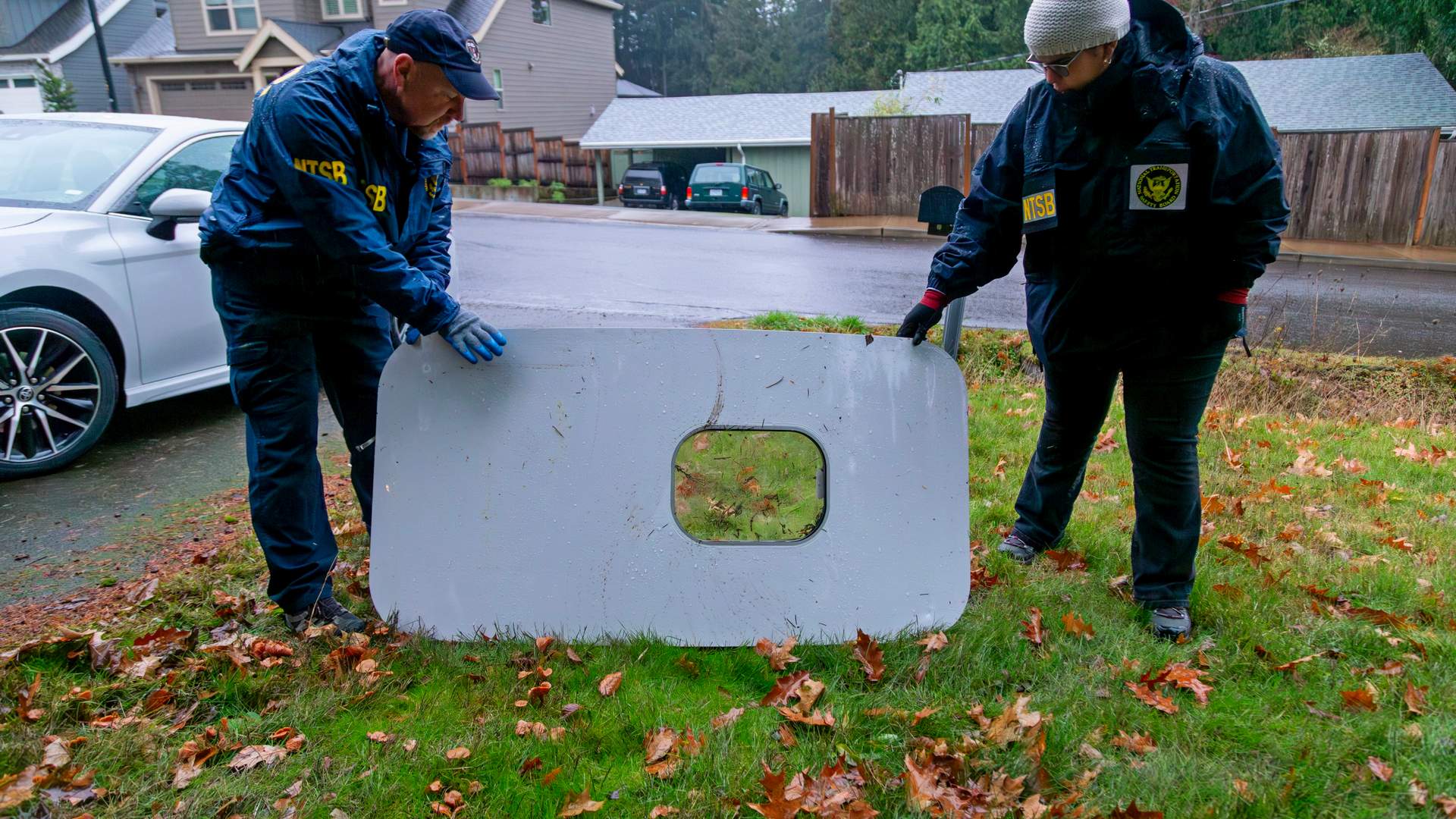
United and Delta stated that these inspections won’t seriously impact their operations. However, Alaska and United also operate the grounded (and similarly-sized) 737-9 and have already canceled multiple flights as a result.



